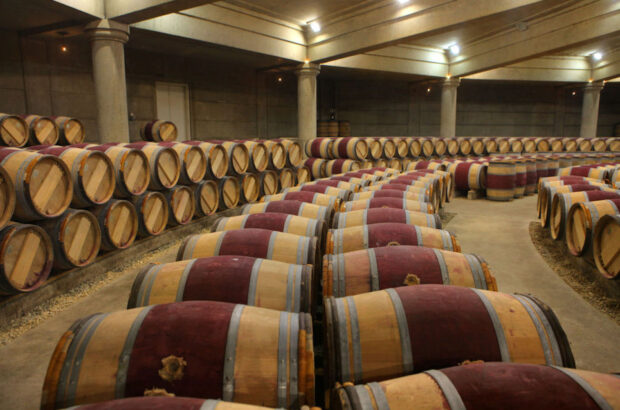A decanter.com promotion
Prestigious, European or rare Californian bottles are at the top of the list, but in recent years, some Argentine wines have raised an eyebrow or two. But which wines ones?
A decanter.com promotion
Malbec
Viña Cobos, Catena Zapata, Michel Rolland and Achával Ferrer are some of the wineries that have opened the doors to their most sophisticated collections which are then sold by auction houses like Acker Merrall & Condit in the US.
Bonarda
Recently classified as Corbeau Noir, Argentine Bonarda offers good ageing potential and is not generally known by the consumer. There are a few bottles still available of Nieto Senetiner Bonarda Edición Limitada 2000. Still in perfect condition, with delicate herbal and dried fruit notes, these bottles show how good an otherwise everyday wine can be.
Cabernet Sauvignon
Known worldwide for its ageing ability, Cabernet Sauvignon gives a different profile in every place it takes root. Argentina, in particular, has achieved good structure and fruit concentration, a character which is preserved even during evolution. Ideal examples are Trapiche Medalla 1982, Catena Zapata Estiba Reservada 1990 and Luigi Bosca 1990.
The scene, however, would not be complete without the exponents from the North of Argentina, notably those made in Salta at more than 1,700m.a.s.l. At this kind of altitude you get a unique, lively and spicy style with excellent ageing potential. Fine examples are Serie Fincas Notables 2010 from Bodega El Esteco, Cafayate Gran Linage 2011 from Bodega Etchart and Quara Single Vineyard 2011.
Red blends
Until the 1980s, Argentina was producing blends with a Bordeaux style, a mix of Cabernet Sauvignon and Merlot to which Malbec was added as a kind of regional stamp.
Bodegas often dusted off old relics in their cellars, showing that producing great wines suitable for ageing was not an exclusively European art; Felipe Rutini 1996, sixteenth harvest of the icon wine from Bodega La Rural; Montchenot 115 Anniversary 1988, kept in storage by the Lopez family and only launched in 2014; Saint Felicien Cabernet-Merlot 1986, a label that has just celebrated fifty continuous harvests on the market. To these, other more modern wines are added like Luigi Bosca Finca Los Nobles Cabernet-Bouchet 2008; Iscay 2009 from Bodega Trapiche; Cheval des Andes 2011, whose vintage of 1999 still sets tongues wagging; Fabre Montmayou Grand Vin 2010 and Alto 2011 from Bodega Alta Vista, first produced in 1998. These make up the advanced stylistic renewal that marked a leap forward for Argentine wines.
Written by Alejandro Iglesias, for Wines of Argentina.







